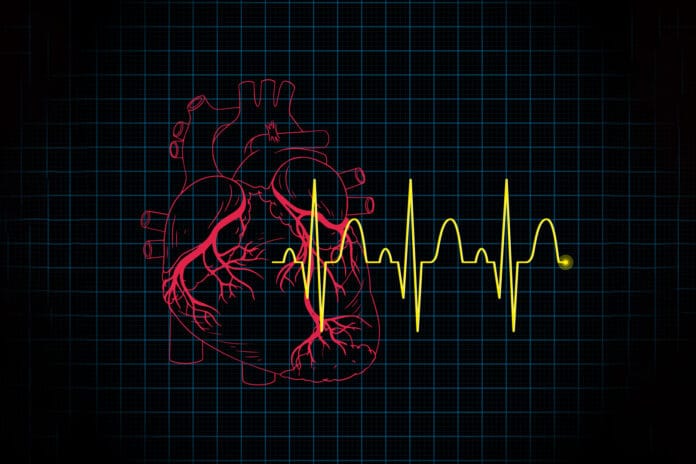Researchers from Japan have introduced a novel non-contact method that utilizes subtle color changes on the face to estimate heart rates.
Heart rate (HR) estimation is an essential component of overall health and well-being and provides useful insights into the physiological and emotional state of humans. It is traditionally measured by counting the number of cardiac pulses appearing within a certain time window. However, conventional heart rate measurement methods require physical contact with the patient, which may lead to discomfort and skin-related issues.
In the past decade, many researchers have proposed methods of non-contact HR estimation using cameras that focus on the blood volume pulse (BVP). The BVP associated with the cardiac pulse causes subtle temporal skin color changes in facial skin color captured in videos. By analyzing these color variations, heart rate can be estimated.
However, the temporal variation of skin color owing to the cardiac pulse is quite small. Therefore, the accuracy of HR estimation is adversely affected by the facial movements of the patient, ambient lighting variations, and noise.
To overcome these problems, researchers from the Tokyo University of Science have introduced an innovative non-contact approach that analyzes subtle color changes on the face to enable highly accurate heart rate estimation, even in scenes with ambient light fluctuations. The novel method builds on the ability of the pulse to exhibit quasi-periodic behavior, which distinguishes it from noise artifacts.
It relies on tracking time-series data from videos of a person’s face, eliminating the need for any attached detectors on the person’s body. The video time series of the face is monitored continuously, and the changes are converted into RGB time-series signals. This helps in extracting information about blood volume changes occurring beneath the skin.
The method utilizes dynamic mode decomposition (DMD), a technique for extracting the underlying spatio-temporal dynamics of a system from multi-dimensional time-series signals. The DMD framework enables the unified spatio-temporal modeling of the BVP and thus enables distinction between the BVP and noise components.
After effectively eliminating noise that might creep into the data, the observed RGB signals are then converted to pulse wave information data. Using the DMD method in a time-delayed coordinate system, accurate pulse waves can be extracted to estimate the person’s heart rate.
To demonstrate the effectiveness of the proposed method, researchers conducted experiments using the TokyoTech Remote PPG dataset, MR-NIRP dataset, and UBFC-rPPG dataset. This dataset contained a total of 67 facial videos from 64 participants.

Researchers then compared the results of the new method with other non-contact methods, including DistancePPG, SparsePPG, SAMC, Hierarchical, PhysFormer, and MTTS-CAN. The proposed method adaptively selects the dynamic mode that contains the most pulse wave components based on the knowledge of the typical range of pulse wave components.
As a result, the proposed method showed a 36.5% improvement in estimation accuracy over the state-of-the-art methods.
These research findings can lead to advancements in healthcare technologies and ultimately improve patient comfort and well-being. The future work will include exploring techniques that utilize multispectral information, which can contribute to reducing noise and improving the accuracy of the method.
“This achievement is expected to play a significant role as a fundamental technology for vital monitoring systems in the medical and fitness fields. The breakthrough contactless method holds great potential for non-contact heart rate estimation in various applications, such as remote health monitoring and physiological assessments,” concludes Dr. Yoshihiro Maeda, the lead researcher of the study, in a statement.
Journal reference:
- Kosuke Kurihara, Yoshihiro Maeda, Daisuke Sugimura, Takayuki Hamamoto. Spatio-Temporal Structure Extraction of Blood Volume Pulse Using Dynamic Mode Decomposition for Heart Rate Estimation. IEEE Access, 2023; DOI: 10.1109/ACCESS.2023.3284465
